Achieving a cohesive brand identity is the key to accomplishing this goal. Creating a well-crafted branding asset is an effective means of supporting this unified brand image for your business.If you’re curious about what exactly a branding assets entails, its essential components, and the average cost of such packages, read on to gain valuable insights.
Why Brand Identity Assets Matter?
In the realm of business, the importance of brand identity assets cannot be overstated. These assets serve as the visual and communicative foundation upon which a brand establishes itself, resonates with its audience, and carves a distinct niche in the market. From logos and color palettes to typography and design guidelines, brand identity assets play a pivotal role in shaping how a brand is perceived and remembered. In this article, we will delve into the profound impact of brand identity assets and explore why they are essential for any business striving for recognition, credibility, and lasting success.
Recognition and Recall
A strong brand identity is like a face in a crowded room – it stands out and is instantly recognizable. Brand identity assets, such as logos and unique color schemes, provide visual cues that allow customers to swiftly identify and connect with a brand amidst a sea of options. This recognition factor fosters recall, ensuring that your brand remains in the minds of consumers when they are ready to make purchasing decisions.
Establishing Trust and Credibility
Consistency breeds trust. When brand identity assets are consistently applied across various touchpoints – be it a website, social media, or physical products – they create a sense of professionalism and reliability. Customers are more likely to trust a brand that presents itself cohesively and consistently, leading to increased credibility and a higher likelihood of repeat business.
Conveying Values and Personality
Brand identity assets are not just about aesthetics; they are a visual representation of a brand’s values, personality, and mission. The choice of colors, fonts, and design elements communicates subtle messages about what a brand stands for and what it aspires to achieve. These assets serve as a tangible embodiment of intangible qualities, allowing customers to connect with a brand on a deeper level.
Standing Out in a Crowded Market
In a saturated market, differentiation is key. Brand identity assets provide a unique visual language that sets a brand apart from competitors. By cultivating a distinct and memorable brand image, businesses can attract attention and create a lasting impression that resonates with their target audience.
Adaptability and Consistency
Brand identity assets ensure a consistent and unified presentation across diverse platforms and formats. Whether it’s a digital advertisement, a product packaging, or a business card, the application of consistent brand elements reinforces the brand’s identity and message, regardless of the medium.
Nurturing Customer Loyalty
When customers consistently encounter a brand that speaks with one coherent voice and maintains a cohesive visual identity, it fosters a sense of familiarity and loyalty. This loyalty translates into repeat purchases, positive reviews, and brand advocacy – a cycle that contributes to the long-term success of a business.
Effectively harnessing the power of brand identity assets requires a strategic and thoughtful approach. Businesses should invest in professional logo design, develop comprehensive style guides, and ensure that all team members understand and adhere to the established brand guidelines. Regular reviews and adaptations of these assets can also keep the brand relevant and aligned with evolving market trends and customer preferences.
Brand Essential Assets
Logo
Expertly crafted logos facilitate the establishment of emotional bonds between customers and their preferred brands, positioning them as a valuable asset for every enterprise. To attain optimal outcomes, it is advisable for your comprehensive branding package to encompass multiple iterations of your unique emblem. The inclusion of diverse logo versions significantly simplifies the task of constructing a unified brand identity that seamlessly traverses a plethora of mediums and platforms
While your principal logo may possess an impressive appearance in printed materials, the integration of smaller submarks within your branding package can offer valuable advantages. Regardless of whether your business is a compact venture or a sprawling corporation, ensuring uniformity in your logo’s color schemes and typography holds paramount importance. A marked degree of consistency greatly facilitates the process by which customers associate an array of logo variations and submarks with the overarching identity of your brand.

Color Palette
Sustaining a coherent visual identity necessitates the incorporation of a color spectrum within your brand package. A color spectrum encompasses the complete array of brand hues employed in fabricating signage, product packaging, stationery, social media banners, and additional promotional materials. The selection of these hues should be reflective of your brand’s character, aiming to evoke an emotive reaction from your intended audience.
Precision is of utmost importance during the formulation of a color spectrum for your branding arsenal. Each hue should be meticulously defined by its Pantone Color code or CMYK/RGB values, abstaining from vague designations such as “pale verdant” or “deep violet.” The utilization of exact color codes guarantees that every in-house or freelance graphic artist employs precisely the designated shade for each hue, thereby fostering uniformity throughout all brand design components.
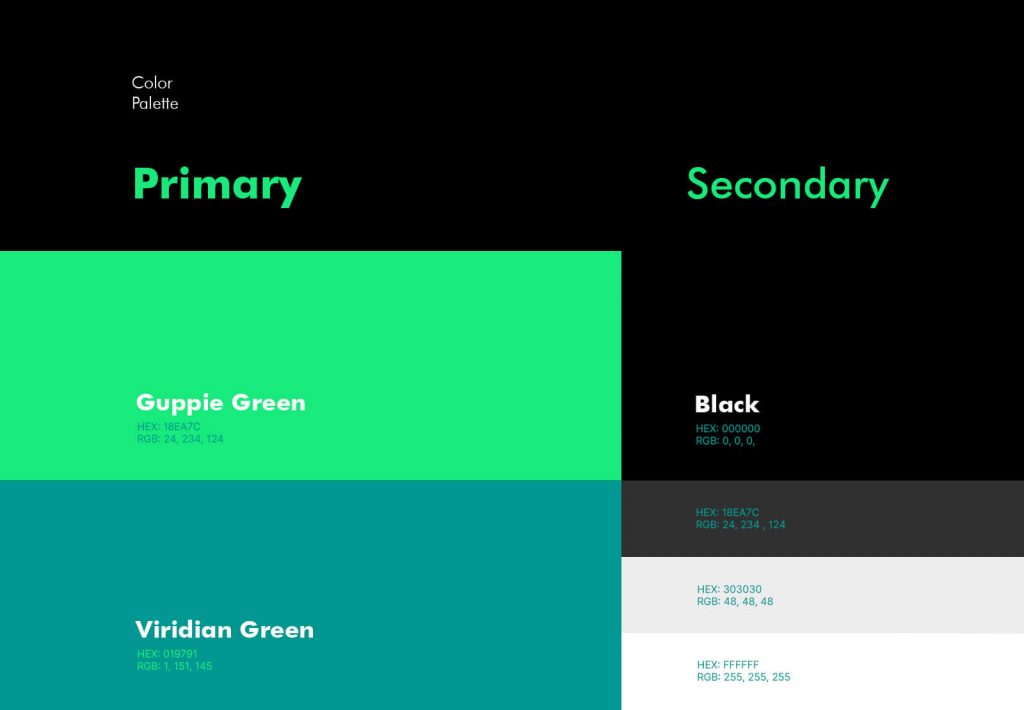
Typography
Decisions concerning typography exert a significant influence over how individuals perceive your brand. Consider, for instance, how the masthead of The New York Times would undergo notable transformation without its distinct ornamental serifs and Engravers’ Old English BT font. Typography pertains to the comprehensive visual presentation of your written content.
Whether you’re in the process of crafting a printed banner or fashioning an email header, it’s imperative to engage in thoughtful deliberation regarding font selection, text dimensions, and textual arrangement. The concept of negative space, delineating the vacant expanse encircling text and visuals, also emerges as a pivotal factor. Your brand guidelines should provide designers with precise directives pertaining to permissible font varieties, along with explicit instructions pertaining to capitalization, spacing, and dimensions.
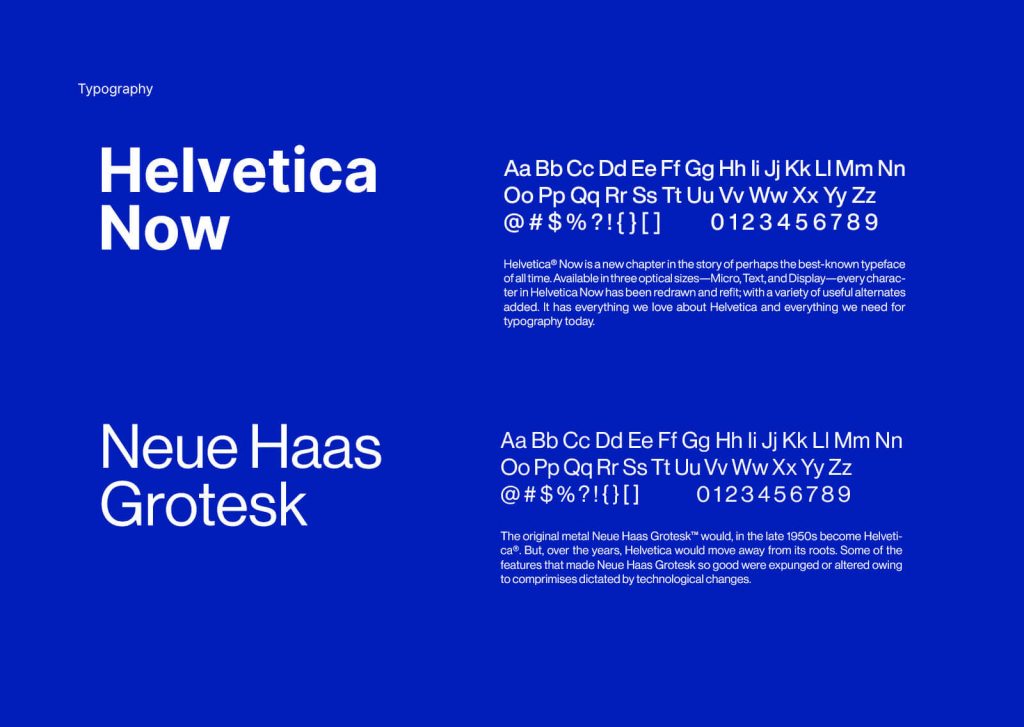
Brand Style guide
Envision the style guide as an exhaustive handbook utilized to define your brand and facilitate uniform communication. Once you’ve established a fundamental brand identity package, you can compile a style guide by incorporating directives for photography, regulations governing logo application, and particulars aimed at assisting content creators and other team members in achieving the precise tone while formulating your promotional materials.
The most comprehensive style guides also encompass regulations concerning grammar, formatting, and lexical selection. To illustrate, a brand style guide might encompass an inventory of terms deemed inappropriate for referencing the brand, or it could offer directives pertaining to the usage of hyphens, bulleted lists, and serial commas.
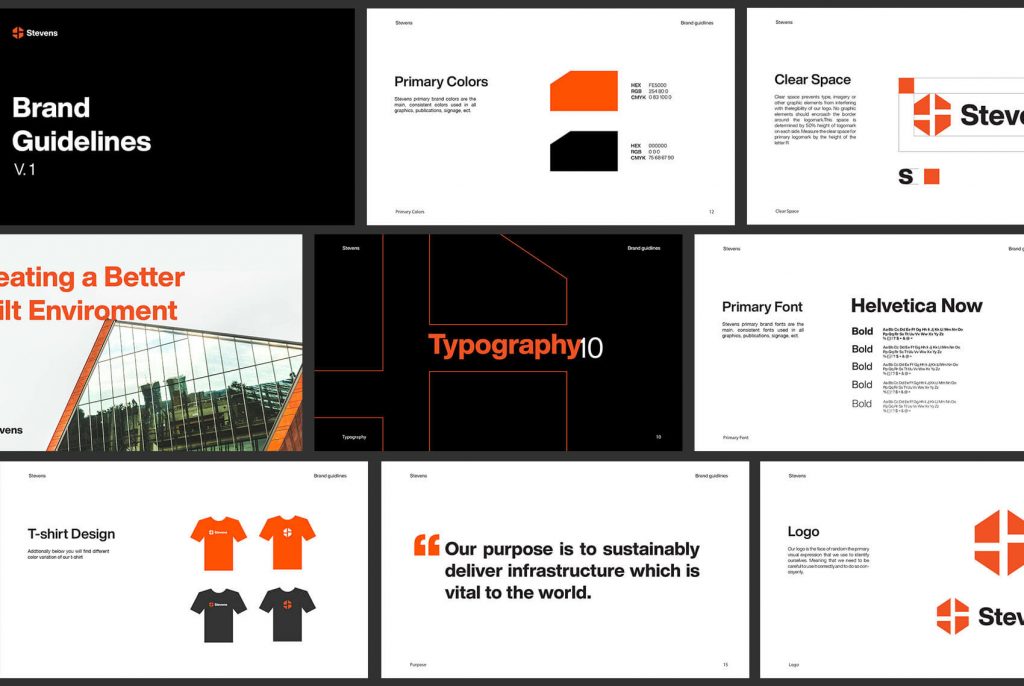
Social Media Graphics
Harmonize your social media platforms with your website and other promotional assets by aligning colors, fonts, and typographic elements. A highly effective approach to upholding uniformity is integrating social media visuals into your comprehensive branding package. Many of these visuals serve as prominent headers on profile pages, thereby establishing an instant association between your brand and those who encounter your profile.
Alternatively, you have the option to enlist the services of a designer to craft video thumbnail images, profile pictures, infographics, quote graphics, or any assortment of social media templates. To offer a seamless and coherent encounter to your intended audience, these elements should exude a consistent appearance and ambiance, akin to your other promotional materials.
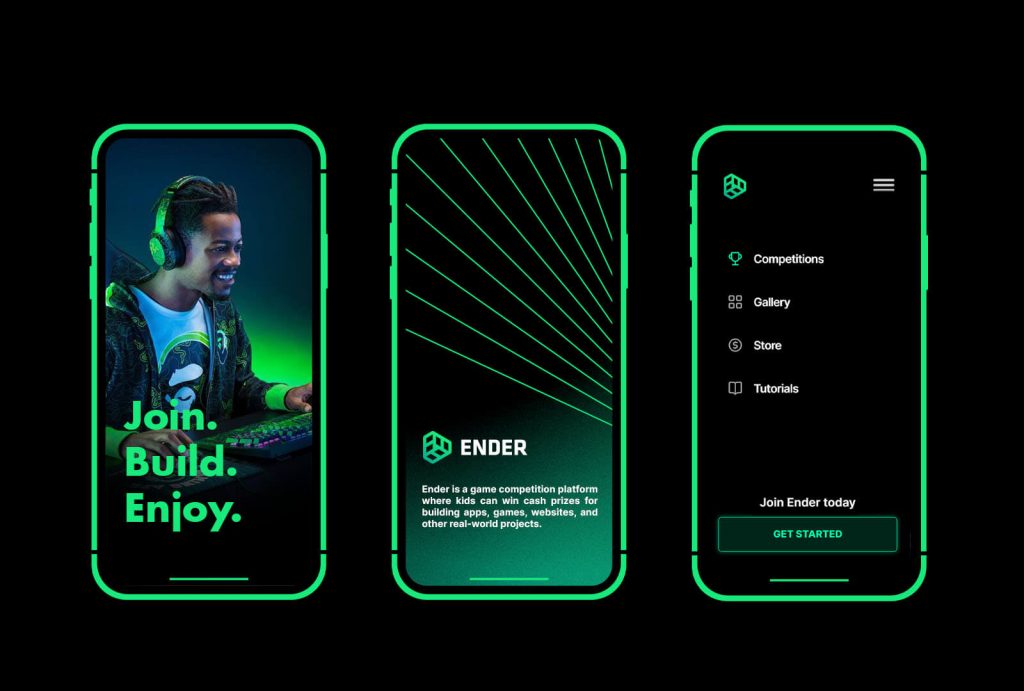
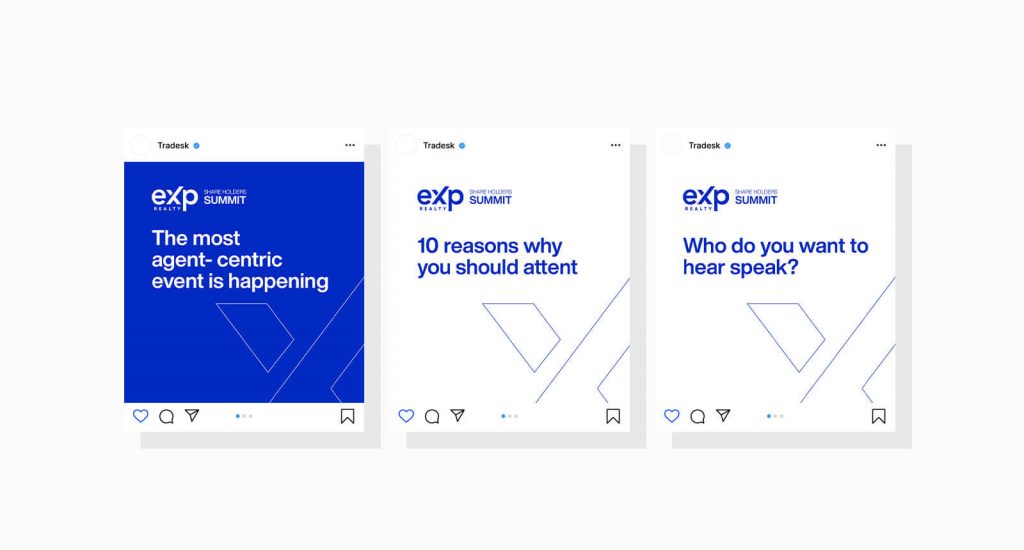
Stationery
While assembling your branding bundle, ensure that stationery templates are not overlooked, accompanied by explicit instructions for utilizing corporate stationery in a manner that aligns seamlessly with your brand identity. The stationery directives outlined by William & Mary serve as a noteworthy illustration of how to seamlessly integrate this data into your comprehensive branding package. Evidently, they offer an abundance of intricate specifications, extending to even the minutiae such as margin settings for every iteration of the letterhead, facilitating employees in adhering to the institution’s established criteria.
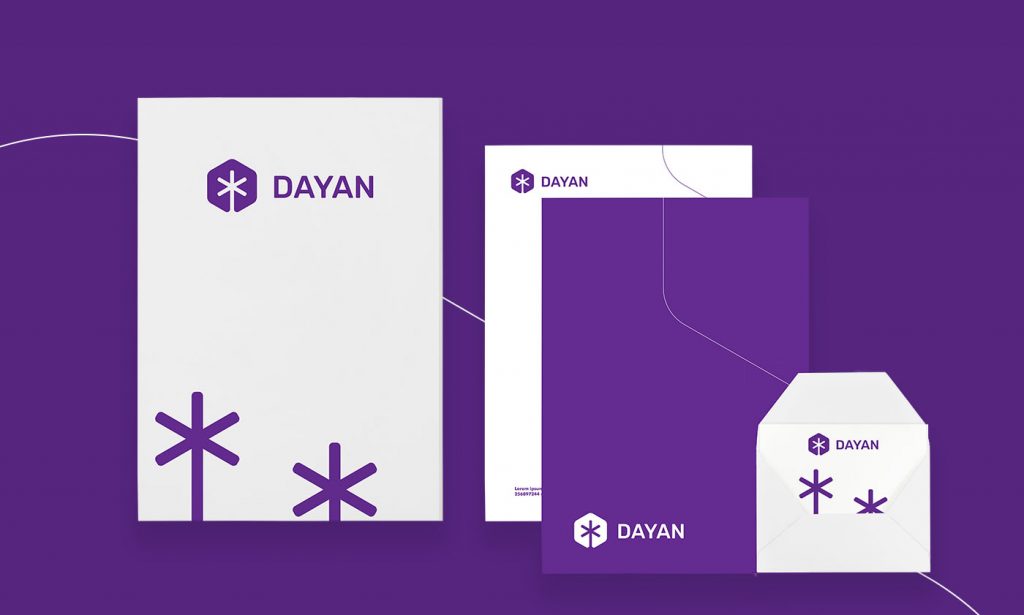
Slide deck presentation
Many business branding packages also come with slide deck presentation templates or collections of slides that can be used to create PowerPoint presentations. While creating a slide deck presentation template, be sure to refer to your branding guidelines. You should use the same typography, logos, and color palette for the slide deck template as you would for a poster or an email newsletter. When someone in your target audience sees the presentation, they should immediately associate the design with your brand.
Illustration System
In the event that your company collaborates with a multitude of graphic designers, it is imperative that each one possesses the capability to craft visuals that resonate harmoniously with your brand’s distinct character. The objective is to avert a scenario where individual designers imprint their personal flair onto your company’s designs. Hence, the inclusion of an illustration system within your branding toolkit assumes great significance. An illustration system entails an ensemble of directives utilized to conceive artwork that adheres to a specific stylistic approach.
This valuable resource conventionally encompasses protocols pertaining to color utilization, icons, stroke thickness, composition, and visual elements. By furnishing your designers with access to a comprehensive illustration system, you empower them to generate graphic components that impeccably align with the style and persona emblematic of your brand.

Email Template
Prior to embarking on the composition of a single line of text, it is imperative to establish an attention-grabbing layout that aligns meticulously with the parameters outlined in your branding package. The utilization of email templates can streamline your workflow and heighten uniformity, subsequently minimizing the need for extensive revisions before hitting the “send” button. According to insights from email marketing authorities at Constant Contact, a well-crafted email template should encompass the subsequent components:
- Logos: Each email communication must prominently feature your company’s logo. It is equally customary to hyperlink the logo to your website, facilitating readers in accessing further information about your enterprise.
- Colors: Adhere to your standardized color palette while selecting hues for your email template. Your headline, dividers, buttons, and backgrounds should harmonize precisely with the prescribed palette.
- Imagery: In the event of employing images, they should seamlessly bolster your brand identity and strictly adhere to your company’s stipulated photography guidelines.
- Text: Ensure that all textual content is of sufficient size to be easily legible without necessitating screen enlargement. It should also conform meticulously to your company’s typography directives.
- Footer: Guarantee that your footer aligns cohesively with your company’s designated color palette and typography guidelines. Incorporate your contact details to facilitate effortless reader engagement.
Ad Design
Regardless of whether you’re adhering to print media or embracing the digital realm, it’s imperative that your branding package encompasses exemplar advertisement designs. These samples serve as a compass for graphic designers and advertising experts, steering them in the creation of fresh campaigns. Each advertisement ought to encompass essential components such as your company name, logo, a visual portrayal of your product or service, a compelling value proposition, and a compelling call-to-action button. Moreover, every constituent should diligently adhere to your brand guidelines, encompassing typography, color palette, photography, and illustrative elements.
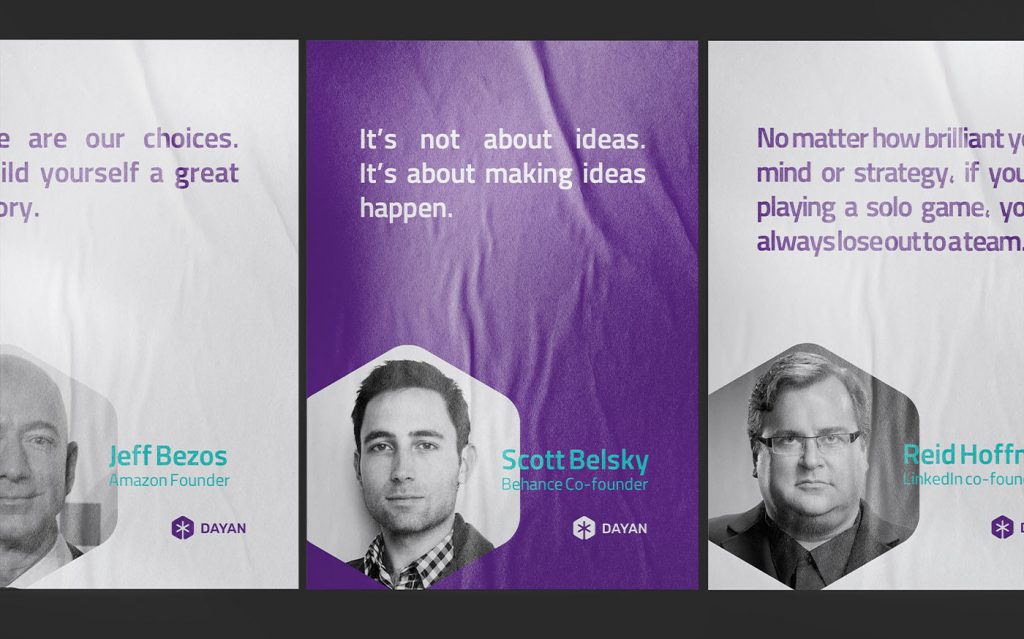
Miscellaneous assets
Prominent corporations often encompass an extensive array of elements within their brand packages. These components encompass an assortment of icon sets, stickers, packaging for products, various forms of signage, event-specific branding, corporate merchandise (commonly referred to as “merch”), as well as informative brochures. The greater the number of comprehensive directives and exemplar instances incorporated within your branding package, the wider the scope for upholding uniformity across every facet of your brand communication. The inclusion of these diverse elements simultaneously streamlines the process of recruiting and managing graphic designers, photographers, freelance writers, and other autonomous contractors possessing the requisite expertise essential for nurturing the expansion of your brand.

Photography
Rachel Gillett of Fast Company reports that people are more likely to remember content that has images in it. That makes high-quality photography extremely important for companies of all sizes. Whether you have an in-house photographer or plan to hire a freelancer, you can get better results if you take the time to include photography guidelines in your branding package. You may want to write guidelines regarding composition, content, tone, and color palette. It’s also a good idea to document whether you want to focus on people or objects in your company’s photos. The more detail you include in your branding guidelines, the easier it is for a photographer to achieve just the right look. If you create a guideline emphasizing candid shots instead of posed photos, for example, your photographer will be able to plan accordingly.

Conclusion
In conclusion, brand identity assets serve as the cornerstone of a brand’s visual and communicative identity. They hold the potential to not only create a lasting impression but also to foster connections, establish trust, and drive customer loyalty. In a world where first impressions matter and differentiation is crucial, businesses that prioritize and leverage their brand identity assets are better poised to thrive in a competitive landscape.



1 comment
Very interesting subject, appreciate it for posting.Expand blog